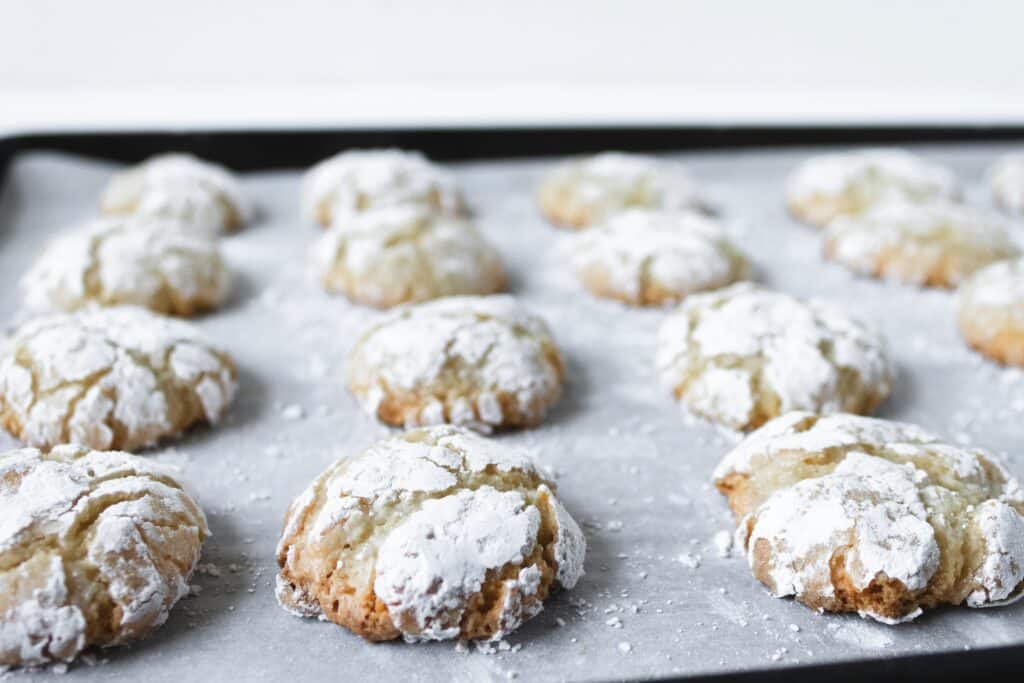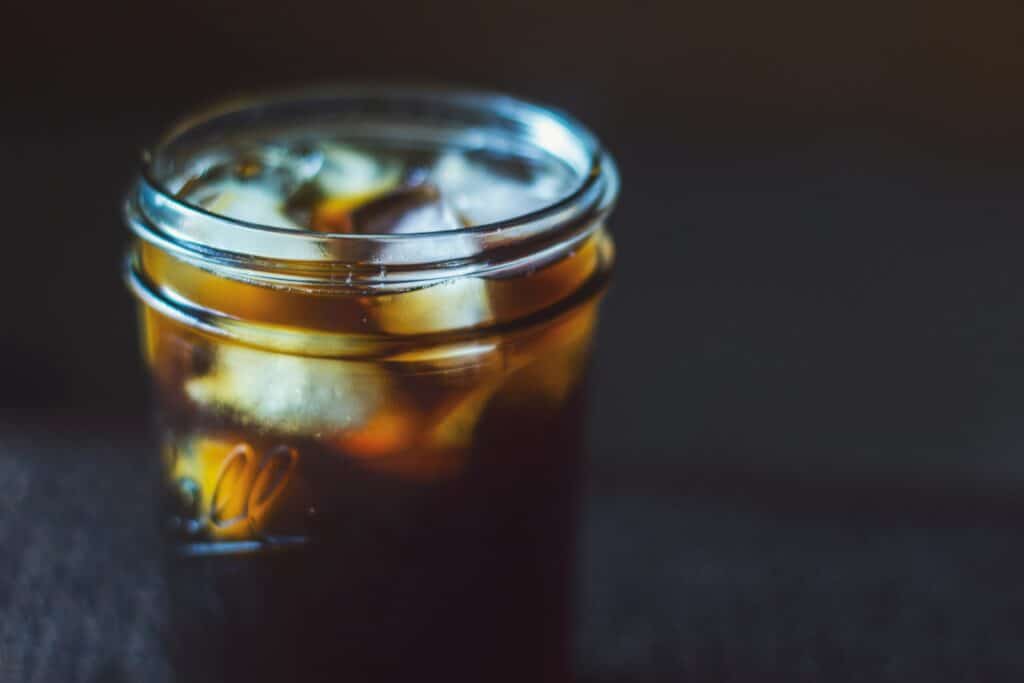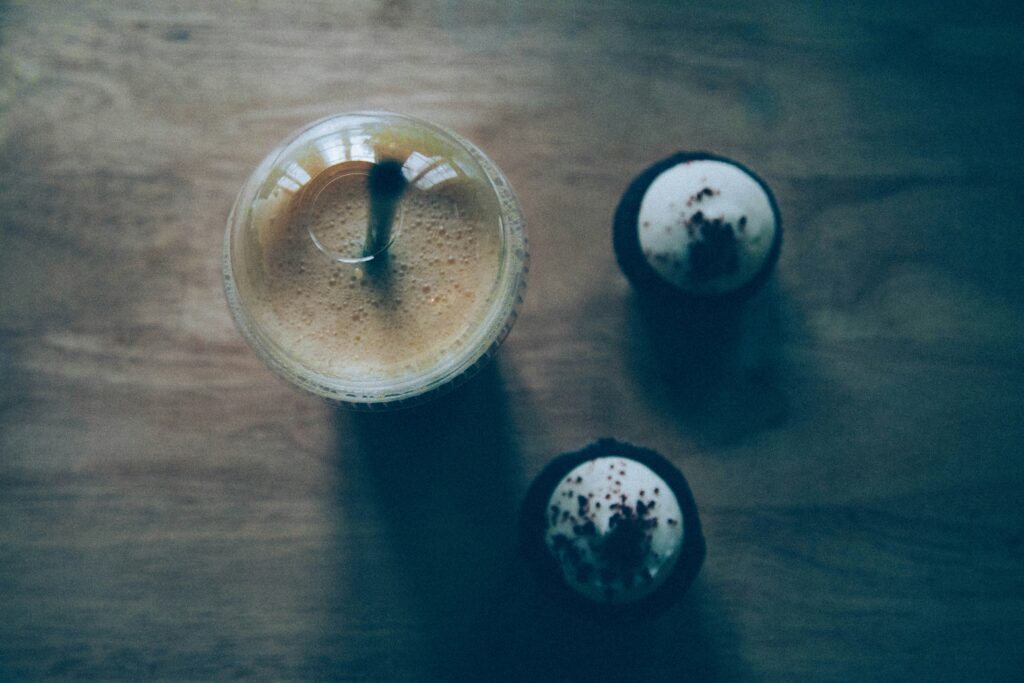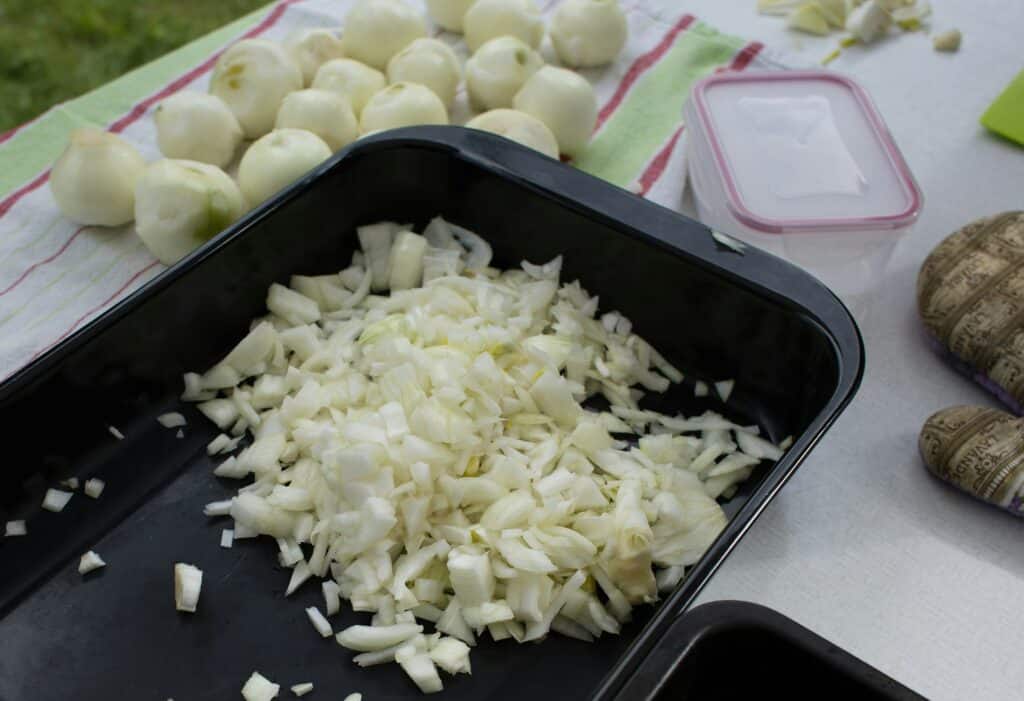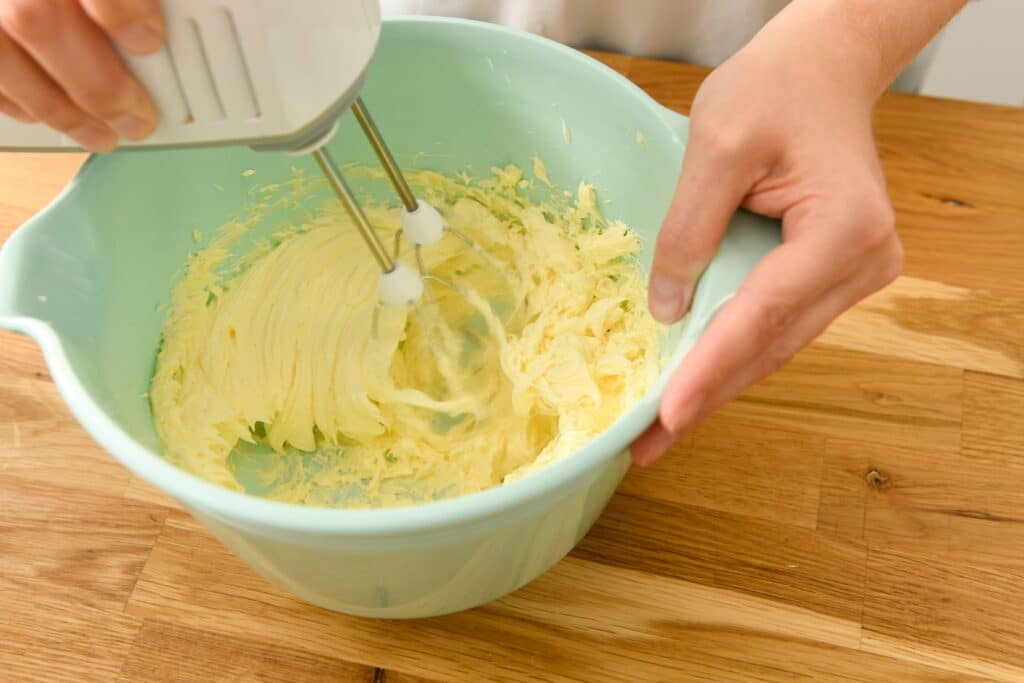
Florida meal prep delivery services represent the perfect marriage between convenience and nutrition, offering busy residents access to chef-prepared meals featuring the state’s abundant fresh seafood and tropical fruits. These services eliminate the hassle of meal planning, grocery shopping, and cooking while ensuring you maintain a healthy diet.
The Sunshine State’s unique geographical advantages make it an ideal location for meal prep services specializing in seafood and tropical produce. With extensive coastlines providing access to fresh Gulf and Atlantic seafood, as well as favorable growing conditions for exotic fruits, Florida-based meal prep companies can offer ingredients that are both locally sourced and incredibly fresh.
The Rising Popularity of Meal Prep Services in Florida
The meal prep delivery industry has experienced a surge in popularity, with services like JetFuelMeals serving Miami-Dade, Broward, and Palm Beach counties, while companies like Meals by Chef B expand their reach throughout South Florida and beyond. This growth reflects changing lifestyle demands where time-conscious Floridians seek nutritious meal solutions without compromising on quality or flavor.
What sets Florida meal prep services apart is their focus on local ingredients. Companies leverage the state’s proximity to both ocean and tropical farms, creating menus that celebrate regional flavors while meeting diverse dietary needs.
Fresh Seafood: The Heart of Florida Meal Prep
Nutritional Powerhouse of Omega-3 Fatty Acids
Fresh seafood forms the cornerstone of many Florida meal prep services, and for excellent reason. Seafood is rich in omega-3 fatty acids, particularly EPA and DHA, which provide substantial health benefits, including reduced risk of heart disease, lower blood pressure, and decreased inflammation.
The American Heart Association recommends eating fish rich in unsaturated fats at least twice weekly, making seafood-focused meal prep an excellent way to meet these guidelines. Florida’s coastal waters provide access to omega-3-rich varieties including salmon, mackerel, sardines, and Gulf shrimp.
Popular Seafood Options in Florida Meal Prep
Florida meal prep services typically feature a rotating selection of fresh catches. Popular options include:
**Gulf Shrimp and Scallops**: Quick-cooking shellfish perfect for meal prep containers, often paired with quinoa and vegetables. These provide lean protein while cooking in minutes, making them ideal for batch preparation.
**Fresh Grouper and Snapper**: Local favorites that offer firm, flaky texture and mild flavor profiles that work well with tropical fruit salsas. These fish are excellent sources of lean protein and cook beautifully when prepared in parchment packets for meal prep.
**Wild-Caught Salmon**: Though not local, many services source high-quality salmon for its exceptional omega-3 content and versatility in meal prep containers.
Storage and Safety Considerations
Proper seafood storage is essential for successful meal preparation. Cooked seafood should be refrigerated in airtight containers for up to three days. Alternatively, pre-portioned meals can be frozen for longer storage. When transporting meals to work or school, insulated bags help maintain the proper temperature and ensure food safety.
Professional meal prep services follow strict protocols, storing seafood below prepared foods and fruits but above meat and poultry in refrigeration hierarchies. This ensures optimal food safety while maintaining freshness throughout the delivery process.
Tropical Fruits: Florida’s Natural Advantage
Nutritional Benefits of Tropical Fruits
Tropical fruits offer exceptional nutritional density, providing high levels of vitamin C, antioxidants, fiber, and essential minerals. These fruits contain unique compounds like bromelain in pineapple, which aids digestion, and papain in papaya, which helps break down proteins.
Research shows that tropical fruits are particularly rich in polyphenols and carotenoids, powerful antioxidants that may help reduce the risk of cancer and support immune function. The vibrant colors of tropical fruits often indicate high antioxidant content, with yellow, red, and orange varieties containing beneficial carotenoids.
Tropical Fruits Commonly Featured in Florida Meal Prep
**Mango**: A tropical favorite rich in vitamins A and C, fiber, and folate. Mangoes pair beautifully with seafood dishes and add natural sweetness to meal prep containers.
**Papaya**: Contains digestive enzymes and provides vitamin C and potassium. Green papaya works well in salads, while ripe papaya adds tropical flair to breakfast bowls.
**Pineapple**: High in vitamin C and manganese, with natural enzymes that aid digestion. Fresh pineapple complements seafood dishes and adds a bright note to meal prep combinations.
**Passion Fruit**: Exceptionally high in potassium and vitamin C, providing nearly 700mg of potassium per serving. Its intense flavor makes it perfect for sauces and dressings.
**Avocado**: While technically a fruit, avocados provide healthy monounsaturated fats and pair excellently with both seafood and tropical fruit combinations.
Health Benefits of Combining Seafood and Tropical Fruits
Synergistic Nutritional Effects
The combination of fresh seafood and tropical fruits creates a nutritional powerhouse that supports multiple aspects of health. Seafood provides high-quality protein and omega-3 fatty acids, while tropical fruits contribute fiber, vitamins, and antioxidants.
This pairing supports heart health through multiple mechanisms: omega-3s from seafood help reduce triglycerides and inflammation, while the potassium in tropical fruits helps regulate blood pressure. The vitamin C from tropical fruits also enhances iron absorption from seafood sources.
Weight Management Benefits
Tropical fruits can be particularly beneficial for weight management when paired with lean protein sources, such as seafood. Many tropical fruits are high in fiber and water content, promoting satiety while being relatively low in calories. The protein from seafood helps maintain muscle mass while supporting feelings of fullness.
Research indicates that high-fiber fruits, such as guava and passion fruit, can help regulate blood sugar and insulin response, which is crucial for maintaining a healthy weight. When paired with lean seafood proteins, this combination supports sustained energy levels and reduces cravings for processed foods.
Convenience and Time-Saving Benefits
Elimination of Meal Planning Stress
One of the primary advantages of Florida meal prep delivery is the complete elimination of meal planning anxiety. Services handle everything from menu creation to grocery shopping, cooking, and portioning. This comprehensive approach saves subscribers multiple hours weekly while ensuring nutritious meal availability.
The convenience extends beyond simple time savings. Meal prep delivery eliminates the need to navigate crowded grocery stores, worry about ingredient freshness, or deal with food waste from unused ingredients. For busy Floridians, this represents a significant improvement in quality of life.
Professional Preparation and Portion Control
Professional chefs design meals with optimal macronutrient balance, ensuring each container provides appropriate portions of protein, carbohydrates, and healthy fats. This professional oversight helps maintain consistent nutrition without requiring extensive food knowledge from subscribers.
Portion control becomes automatic with meal prep delivery, as each container is precisely measured to meet specific caloric and nutritional targets. This removes guesswork from healthy eating and supports various health goals, from weight management to athletic performance.
Popular Florida Meal Prep Services Specializing in Seafood
Jet Fuel Meals: Pescatarian Excellence
Jet Fuel Meals stands out for their dedicated pescatarian meal plan, featuring an all-fish diet prepared by chefs specialized in seafood preparation. Operating throughout South Florida, including Miami-Dade, Broward, and Palm Beach counties, they deliver fresh meals three times weekly to ensure optimal freshness.
Their pescatarian meals average 380-460 calories per serving, with 32-40 grams of protein, providing substantial amounts of omega-3 fatty acids and essential nutrients. The service emphasizes local sourcing and fresh delivery, making it a top choice for seafood-focused meal prep in Florida.
Fresh Meal Plan: Wild-Caught Seafood Specialists
Fresh Meal Plan prioritizes wild-caught seafood in its meal offerings, sourcing grass-fed beef, antibiotic-free poultry, and sustainably caught fish. Their pescatarian meal kits include detailed preparation instructions while maintaining focus on convenience and nutrition.
The service offers extensive customization options, featuring six different menu categories: Traditional, Keto, Paleo, Vegan, and specialized high-protein plans. Their commitment to quality ingredients and rotating weekly menus ensures variety while maintaining nutritional standards.
Meals by Chef B: Local Focus
Serving Palm Beach, Broward, Martin, and North Dade counties, Meals by Chef B emphasizes local sourcing and family-owned operation. Their Executive Chef Bryan brings professional culinary training to create gourmet comfort food with healthy preparations.
The service offers flexible ordering with no long-term commitments, allowing customers to order as needed while providing subscription discounts for regular users. Their meal prep menu focuses on bulk options and family portions, making it ideal for households seeking healthy convenience.
Cost Comparison and Value Analysis
Price Per Serving Breakdown
Florida meal prep services typically range from $8-15 per serving, depending on portion size, ingredient quality, and service level. Budget-friendly options like EveryPlate start around $6-8 per serving, while premium services featuring wild-caught seafood and organic ingredients can reach $15-19 per serving.
When compared to restaurant dining, meal prep services offer significant savings. The average restaurant meal in Florida costs $15-$ 25 per person, excluding tax, tip, and transportation costs. Meal prep services offer restaurant-quality meals at approximately half the cost, ensuring a balanced nutritional profile.
Hidden Cost Savings
Beyond direct meal costs, meal prep delivery eliminates numerous hidden expenses associated with traditional meal preparation. Grocery shopping time, fuel costs, food waste, and impulse purchases all contribute to the true cost of home cooking.
Food waste represents a significant hidden cost in traditional meal preparation, with the average household discarding 20-30% of the food it purchases. Meal prep services eliminate this waste through precise portioning and professional meal planning, providing additional value beyond the apparent cost per serving.
Value Proposition Analysis
The value of meal prep extends beyond simple cost calculations to include time savings, reduced stress, and improved nutrition consistency. For busy professionals, the 5-10 hours weekly saved on meal planning, shopping, and preparation often justifies the premium over home cooking.
Health benefits also contribute to long-term value through reduced healthcare costs and improved quality of life. Regular consumption of omega-3 rich seafood and antioxidant-packed tropical fruits supports cardiovascular health, immune function, and overall well-being.
Dietary Accommodations and Customization Options
Specialized Dietary Plans
Florida meal prep services excel at accommodating various dietary preferences and restrictions. Common options include keto, paleo, vegetarian, vegan, gluten-free, and low-sodium preparations. Many services allow mixing and matching between different dietary categories to create personalized meal plans.
Keto-focused services provide high-fat, moderate-protein meals featuring seafood with avocado, coconut-based sides, and low-carb vegetable preparations. These plans typically maintain macronutrient ratios of 70% fat, 20% protein, and 10% carbohydrates while incorporating Florida’s abundant seafood options.
Allergen Management
Professional meal prep services maintain strict protocols for allergen management, particularly important given seafood’s status as a major allergen. Services typically provide detailed ingredient lists and preparation information to help customers make informed choices.
Many Florida services offer shellfish-free options for those with specific seafood allergies while still providing finfish alternatives. Cross-contamination prevention protocols ensure safe meal preparation for sensitive individuals.
Customization Flexibility
Advanced meal prep services allow significant customization in protein choices, portion sizes, and preparation methods. Customers can often specify cooking preferences, spice levels, and ingredient substitutions to match personal tastes and dietary requirements.
This flexibility extends to meal frequency and delivery scheduling, with most services offering weekly, bi-weekly, or monthly delivery options. Skip weeks, modify orders, and adjust meal quantities to provide additional convenience for varying schedules and needs.
Seasonal Availability and Menu Rotation
Florida’s Seasonal Advantage
Florida’s year-round growing season and extensive coastline provide meal prep services with consistent access to fresh ingredients throughout the year. While some tropical fruits have peak seasons, the state’s diverse agricultural zones ensure continuous availability of high-quality produce.
Spring and summer bring peak availability for mangoes, papayas, and passion fruits, while fall and winter feature citrus varieties and imported exotic fruits. This seasonal rotation keeps meal prep menus interesting while highlighting the best flavors each time of year offers.
Menu Innovation and Variety
Leading Florida meal prep services rotate their menus weekly, introducing new combinations of seafood and tropical fruits to prevent meal fatigue. This rotation allows services to feature seasonal specialties while maintaining nutritional balance and customer interest.
Chef-driven menu development incorporates global cuisine influences, creating innovative combinations like Caribbean jerk salmon with mango salsa, Thai-inspired shrimp with tropical fruit curry, and Mediterranean-style grouper with papaya and avocado. These creative preparations showcase Florida’s ingredient advantages while expanding culinary horizons.
Environmental and Sustainability Considerations
Local Sourcing Benefits
Florida meal prep services often emphasize local sourcing, which provides both environmental and quality benefits. Shorter transportation distances reduce carbon footprints while ensuring peak freshness for both seafood and tropical fruits.
Local sourcing also supports Florida’s fishing and agricultural communities, contributing to the state’s economy while maintaining traditional food production methods. Many services partner directly with local farms and fishing operations to ensure quality while supporting sustainable practices.
Sustainable Seafood Practices
Responsible meal prep services prioritize sustainable seafood sourcing, featuring wild-caught varieties and avoiding overfished species. This commitment helps preserve marine ecosystems while ensuring long-term availability of high-quality seafood for meal prep programs.
Certifications from organizations like the Marine Stewardship Council help consumers identify services committed to sustainable practices. These certifications ensure that seafood is harvested using methods that minimize environmental impact while maintaining fish population health.
Packaging and Waste Reduction
Modern meal prep services increasingly focus on sustainable packaging solutions, using recyclable containers and minimal packaging materials. Some services offer container return programs or use compostable packaging materials to minimize environmental impact.
Precise portioning in meal prep significantly reduces food waste compared to traditional meal preparation methods. This efficiency contributes to environmental sustainability while providing economic benefits to both service providers and customers.
Getting Started with Florida Meal Prep Delivery
Choosing the Right Service
Selecting the optimal meal prep service requires evaluating several factors, including dietary preferences, budget, delivery area, and service flexibility. Start by identifying your primary goals: weight management, convenience, specific dietary needs, or simply better nutrition.
Research services operating in your area and compare their specialties. Services like Jet Fuel Meals excel in pescatarian options, while others may focus on broader menu variety. Read customer reviews and consider starting with smaller orders to test quality and service reliability.
Subscription vs. A La Carte Options
Most Florida meal prep services offer both subscription and one-time ordering options. Subscriptions typically provide cost savings of $1-3 per meal while ensuring regular delivery and menu access.
For first-time users, a la carte ordering allows testing without long-term commitment. Once you identify preferred services and meals, subscription options provide better value and convenience. Most services allow pausing or modifying subscriptions as needed.
Maximizing Your Meal Prep Experience
To get the most value from meal prep delivery, maintain proper storage practices and reheating procedures. Most meals stay fresh for 3-4 days when properly refrigerated, while some can be frozen for longer storage.
Plan your weekly schedule around delivery dates to ensure optimal freshness. Many services deliver meals 2-3 times a week, allowing you to coordinate meal consumption with delivery timing for optimal quality and safety.
Storage and Meal Planning Tips
Optimal Storage Practices
Proper storage maximizes both food safety and meal quality for seafood-based meal prep containers. Refrigerate meals immediately upon delivery and maintain temperatures below 40°F to prevent bacterial growth.
Cooked seafood meals should be consumed within 3 days of delivery for optimal quality and safety. If you need longer storage, freeze individual portions immediately after delivery and thaw as needed. Label containers with contents and dates to ensure proper rotation.
Reheating Guidelines
Seafood-based meals require careful reheating to maintain texture and prevent overcooking. Most meal prep containers can be microwaved, but removing delicate components like salads or fresh fruit before heating prevents wilting or overcooking.
For best results, reheat meals to an internal temperature of 165°F while avoiding overheating which can make seafood rubbery. Allow meals to rest briefly after reheating to distribute heat evenly throughout the container.
Meal Planning Strategy
Coordinate your meal prep delivery schedule with your weekly routine for optimal convenience. Consider ordering a mix of breakfast, lunch, and dinner options to cover different meals throughout the week.
Plan for variety by selecting different protein sources and preparation styles across your weekly order. This prevents meal fatigue while ensuring diverse nutrient intake from various seafood types and tropical fruit combinations.
Conclusion
Florida meal prep delivery services featuring fresh seafood and tropical fruits represent the perfect fusion of convenience, nutrition, and local flavor. By leveraging the state’s unique geographical advantages and abundant natural resources, these services provide busy residents with access to restaurant-quality meals that support health goals while saving time and reducing stress.
The combination of omega-3-rich seafood and antioxidant-packed tropical fruits creates nutritionally superior meal options that support heart health, weight management, and overall well-being. With proper service selection and storage practices, meal prep delivery can transform your approach to healthy eating while celebrating Florida’s incredible culinary bounty.
Whether you’re a busy professional seeking convenient nutrition, a fitness enthusiast requiring a precise macronutrient balance, or simply someone who wants to enjoy the best of Florida’s fresh ingredients without the hassle of preparation, meal prep delivery services offer a practical solution that delivers both quality and convenience directly to your door.
Frequently Asked Questions
1. How fresh is the seafood in Florida meal prep delivery services?
Most reputable Florida meal prep services source seafood locally and deliver meals 2-3 times per week to ensure maximum freshness. Cooked seafood meals should be consumed within 3 days of delivery for optimal quality and safety. Services like Jet Fuel Meals emphasize local sourcing and frequent delivery specifically to maintain peak freshness standards.
2. Can meal prep services accommodate seafood allergies while still providing tropical fruit options?
Yes, most professional meal prep services offer detailed allergen information and can provide shellfish-free or completely seafood-free options while maintaining focus on tropical fruit incorporation. Many services allow customization to exclude specific allergens while substituting plant-based proteins or poultry with tropical fruit combinations.
3. How do the costs of Florida meal prep delivery compare to cooking at home?
Meal prep services typically cost $8-15 per serving, which is comparable to grocery costs when accounting for food waste, time value, and ingredient quality. When you factor in eliminated food waste (20-30% savings), time savings (5-10 hours weekly), and professional preparation quality, many find that meal prep delivery provides superior value compared to traditional home cooking.
4. What’s the best way to store and reheat seafood-based meal prep containers?
Refrigerate meals immediately at temperatures below 40°F and consume within 3 days for optimal quality. For reheating, remove delicate components like fresh salads before microwaving to 165°F internal temperature. Individual portions can be frozen immediately after delivery for longer storage, though fresh consumption within 3 days provides the best taste and texture experience.
5. Which Florida meal prep services offer the best variety of tropical fruit and seafood combinations?
Services like Jet Fuel Meals specialize in pescatarian options with rotating menus, while Fresh Meal Plan offers wild-caught seafood with extensive customization. Meals by Chef B provides local sourcing throughout South Florida with gourmet preparations. Most services rotate menus weekly and offer 20-30+ meal options, ensuring variety in tropical fruit and seafood combinations throughout the year.









